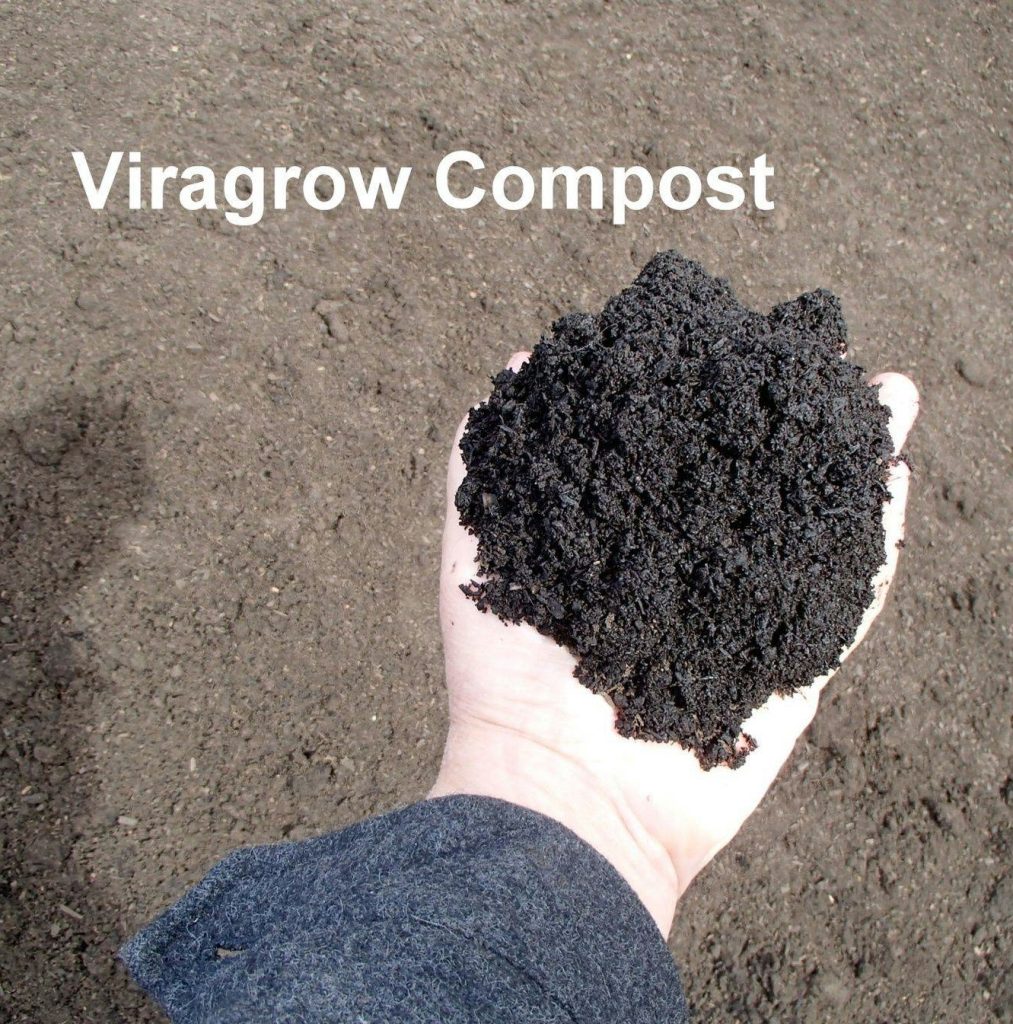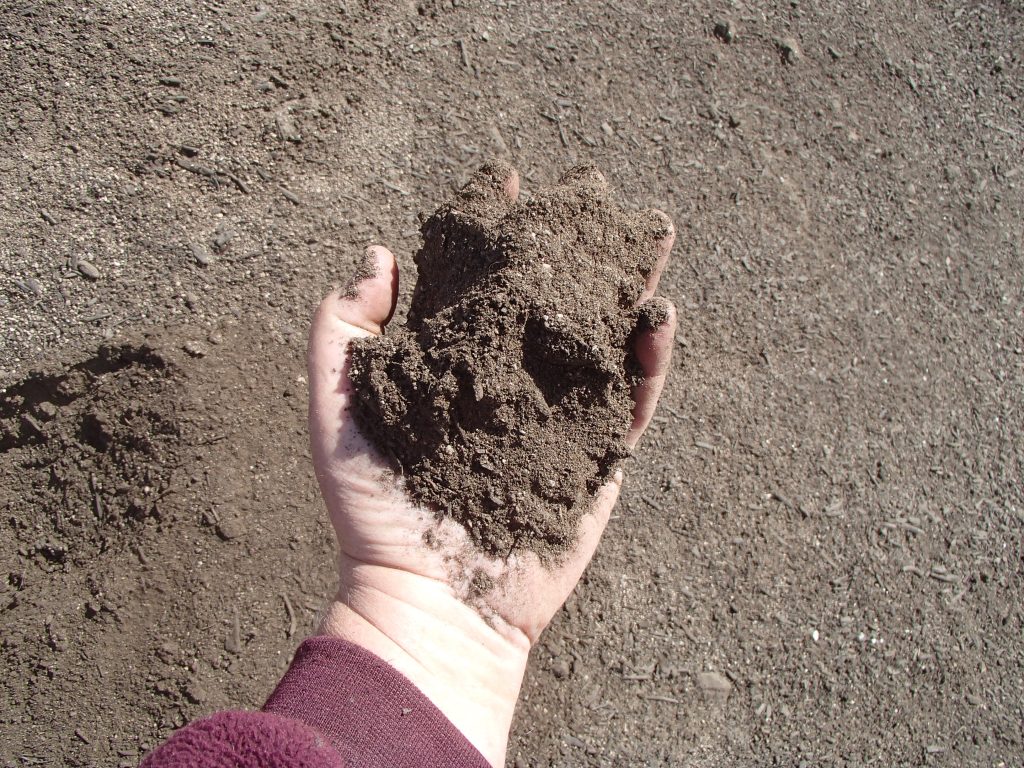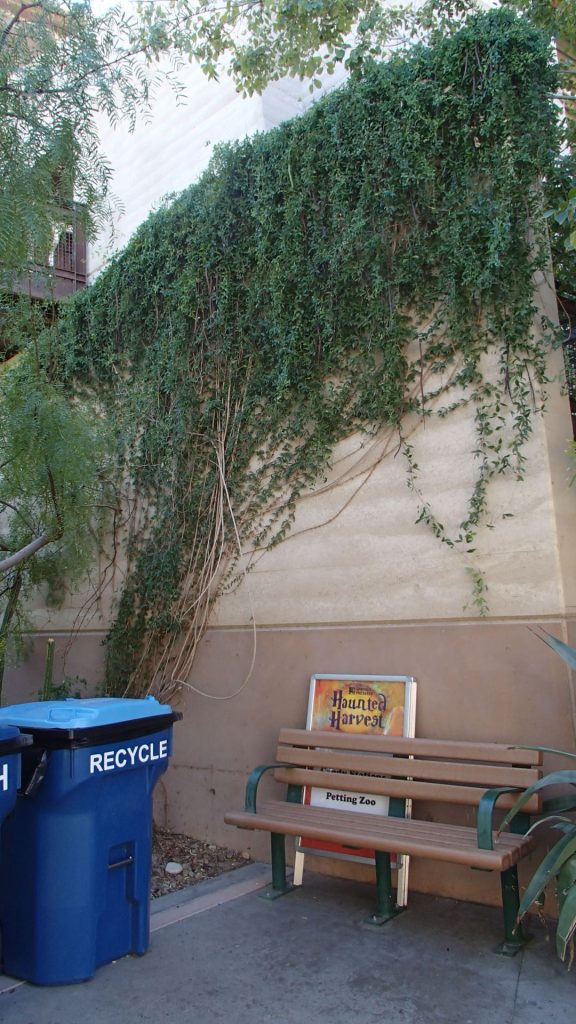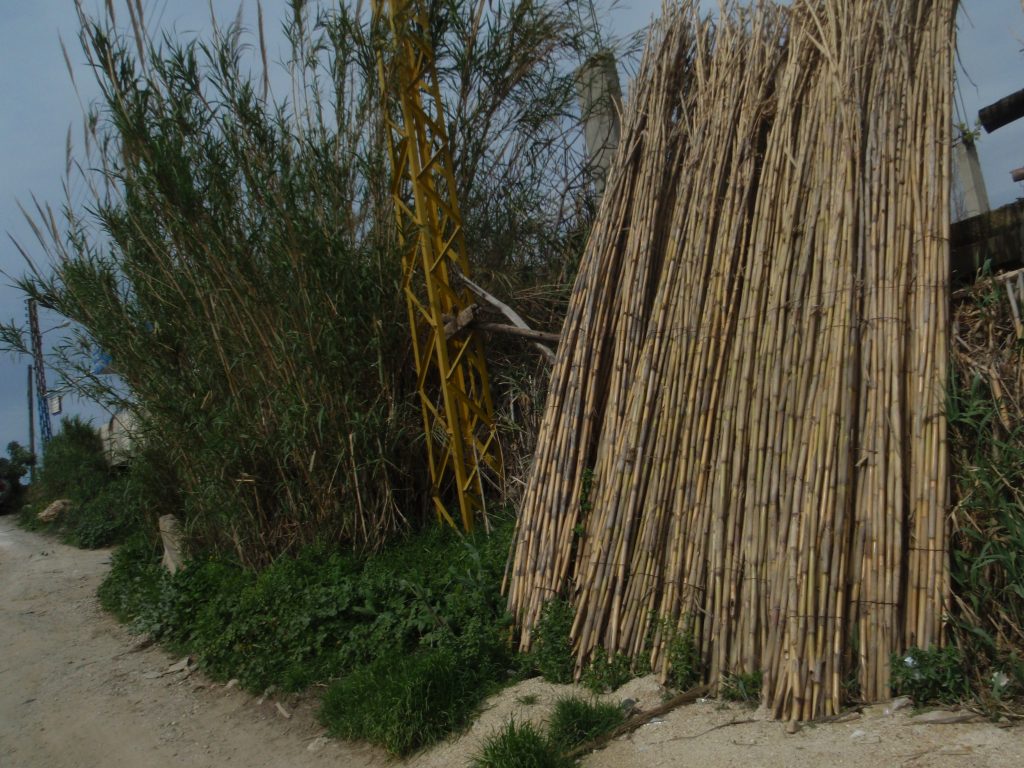Q. I bought straight compost. I told them I was going to use the compost for trees and shrubs planted outside. I hope this is the right product I need. I may be looking at other vines soon to cover some other cinder block wall areas. In this case I am thinking about vines that do not require a trellis. I looked at cat claws and read some reviews about how aggressive it can grow and how tough it is to control it in places like the southeast. What do you think about it for wall covers with no trellises in Las Vegas?

A. Make sure whatever compost you use is mixed with sand at about one shovel full of compost to three shovels full of sand (25 to 30%). The planting mixture should still be dark, about the same color as straight compost. Straight compost may be too “hot” for plants that grow in soil and may injure them. The only thing municipal compost is in short supply is potassium, a macronutrient but high in nitrogen, phosphorus and lots of minor elements.
Use Straight Compost as a Fertilizer
You can also use straight compost as a fertilizer but be careful with it. Municipal compost can be “hot” (high in salts) so don’t put municipal compost closer than about 18 inches from the plants trunk or central growing point and then water it in. Soak the fertilized area with lots of water! Apply straight compost lightly. If you are not sure, then ask how to apply it when using it as a fertilizer.

The soil should be close to the same texture as the surrounding soil but be darker and hold water better. You never want to use compost, straight, in a planting hole because it contains a higher level of different types of salt and is very different in its texture (water holding capacity, WHC).
Cat Claw Vine

A good choice is the cats claw vine for climbing on hot (south or west facing) walls. It is watered as a “mesic” vine or shrub. Cat claw vine is not a desert plant, but it does handle desert dry heat. It will not grab onto walls if the wall gets hot, above 145F. Those temperature and higher will be on hot-facing walls in full sun during the early and mid-summer months. During cool weather it will self-climb, but not on a hot wall. When the wall gets too hot, the new tendrils “burn” and the vine will stop climbing until cooler weather. The vine will reclimb again when temperature of the wall cools off in the fall. If you don’t over water it, it wont be a problem. It will easily cover the wall of a two story home if watered abundantly. Check with a local nursery for available choices of other desert vines.

Have you tried using either paint or a texture (like cut reeds or cut bamboo) to cover the wall instead of vines? These additions to your landscape don’t use any water. Water use is important in the desert. Cut bamboo and reeds will need maintenance or replacement every few years.